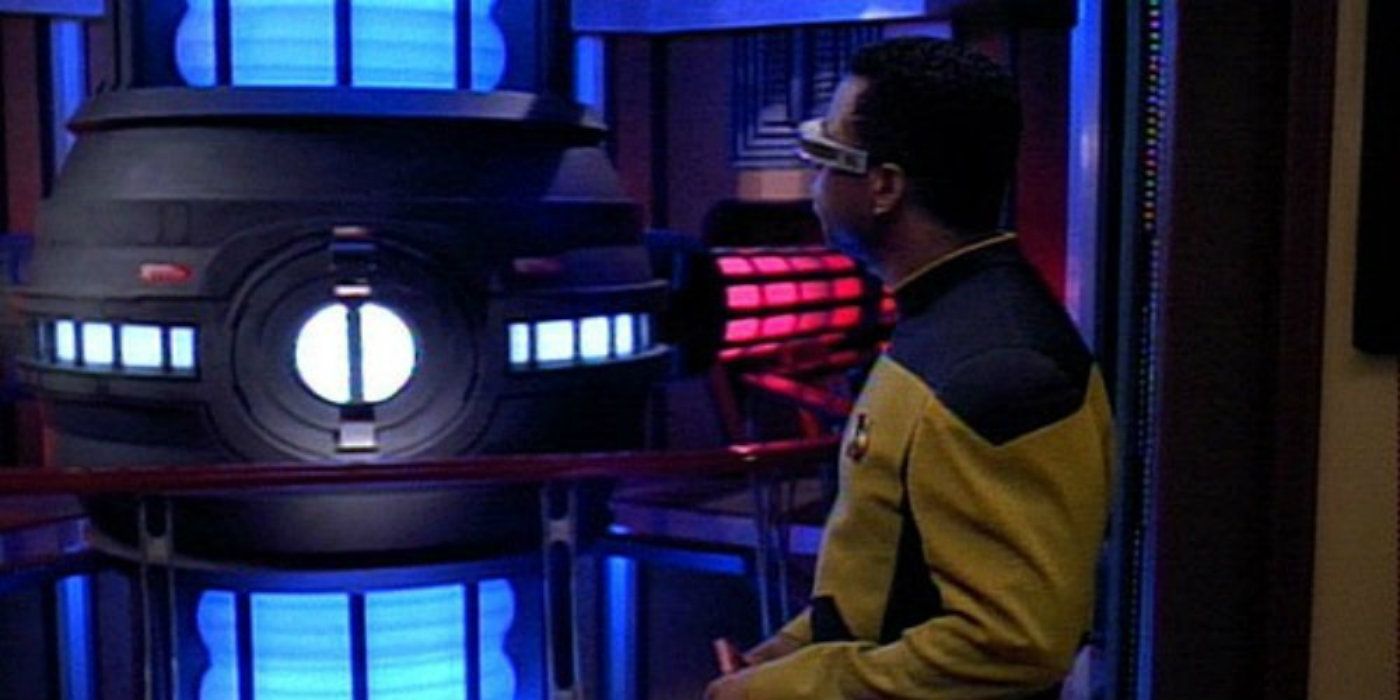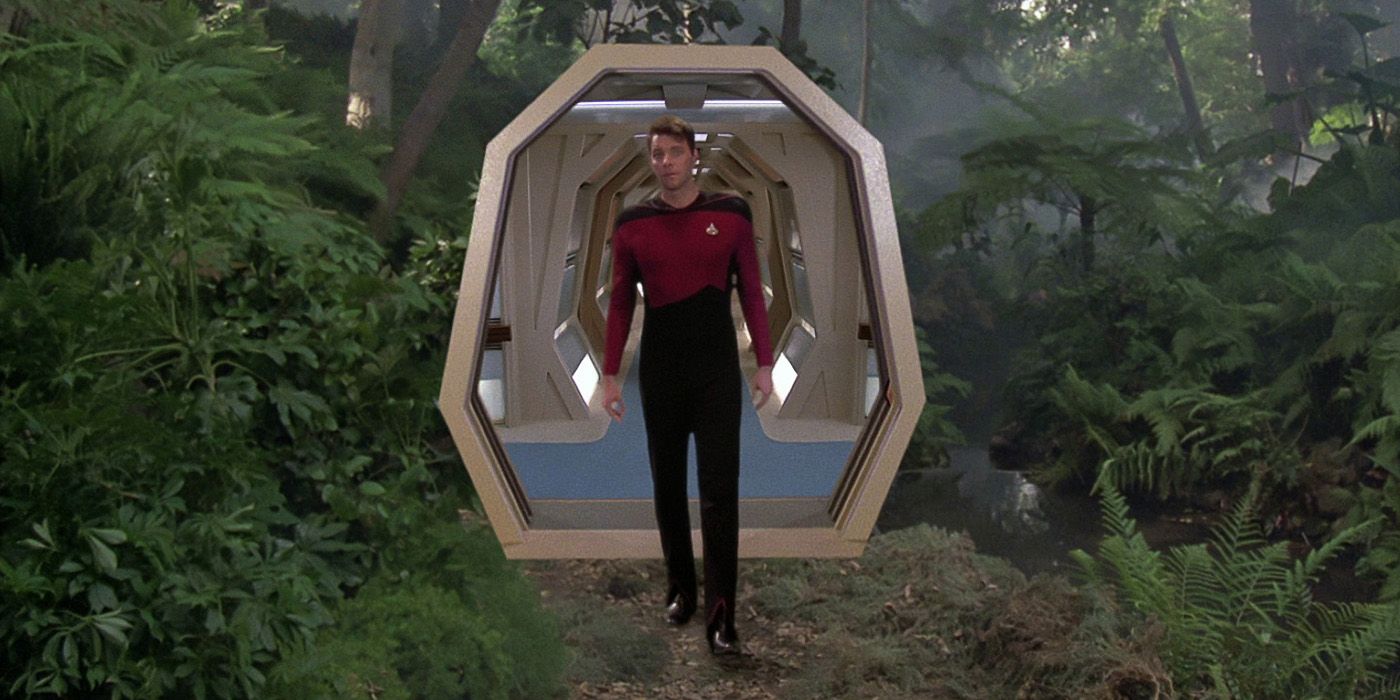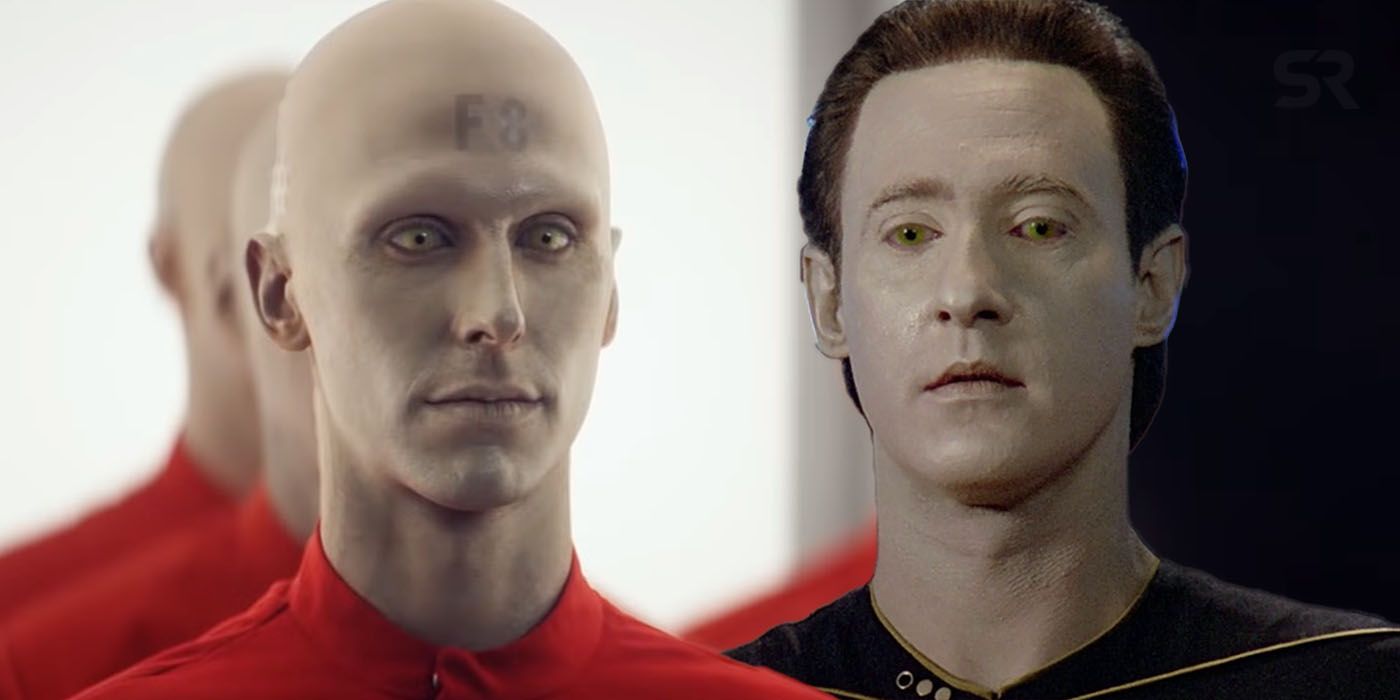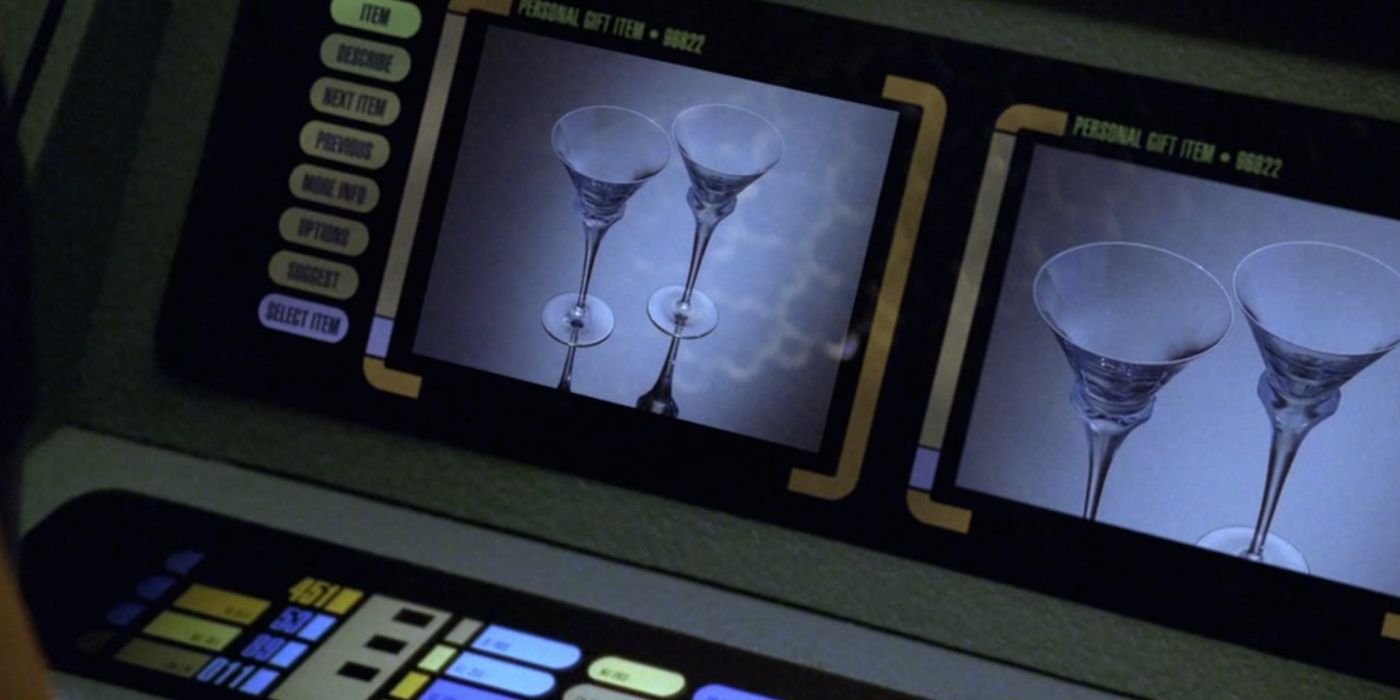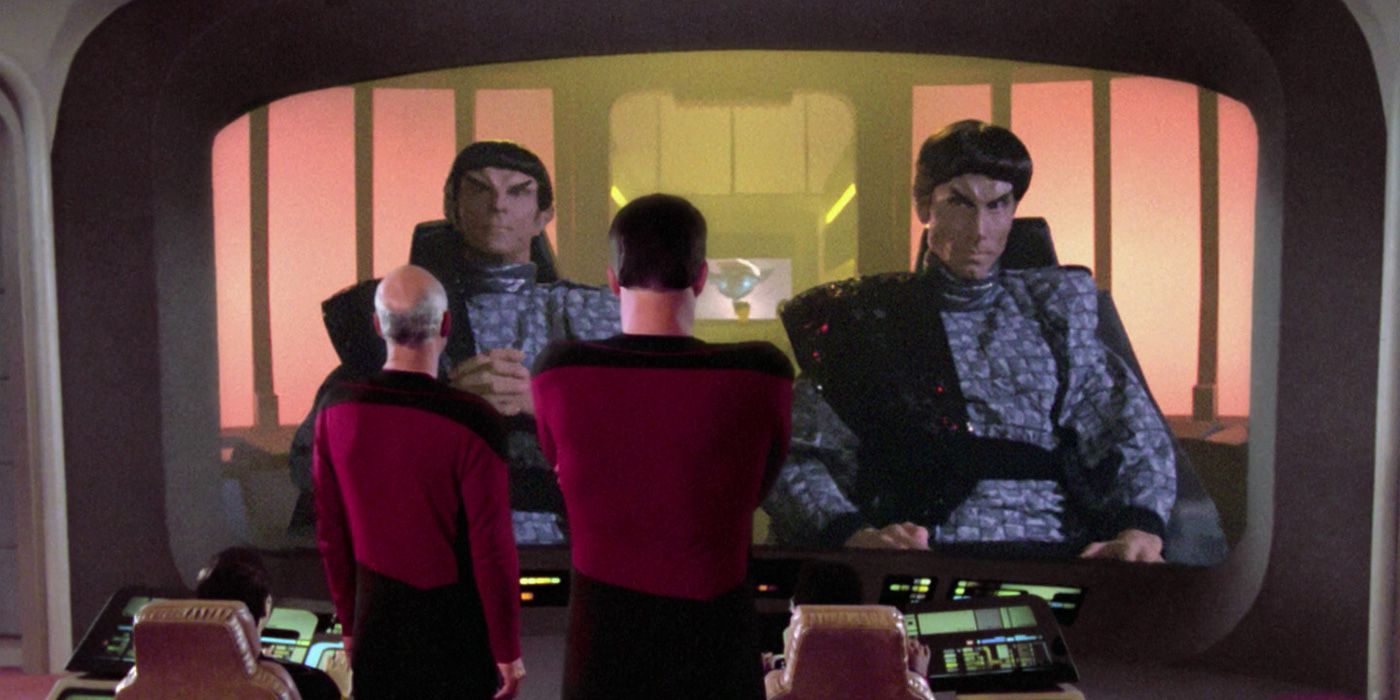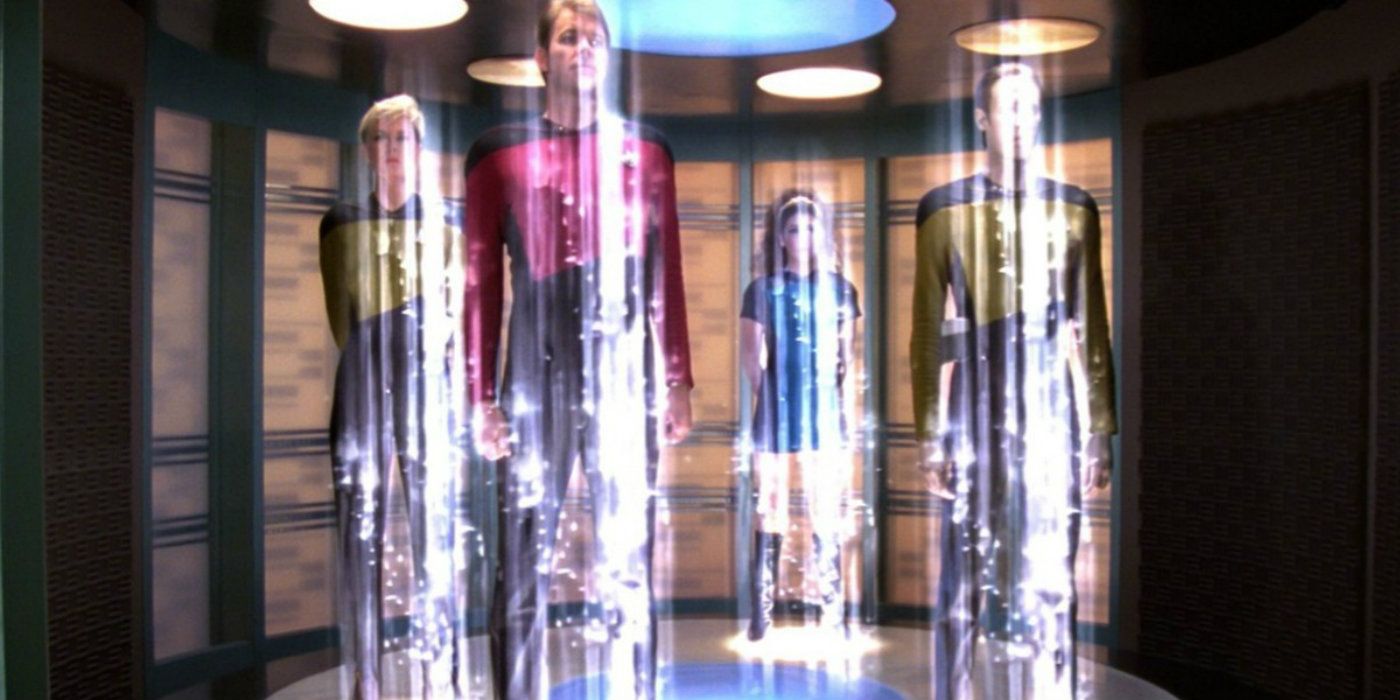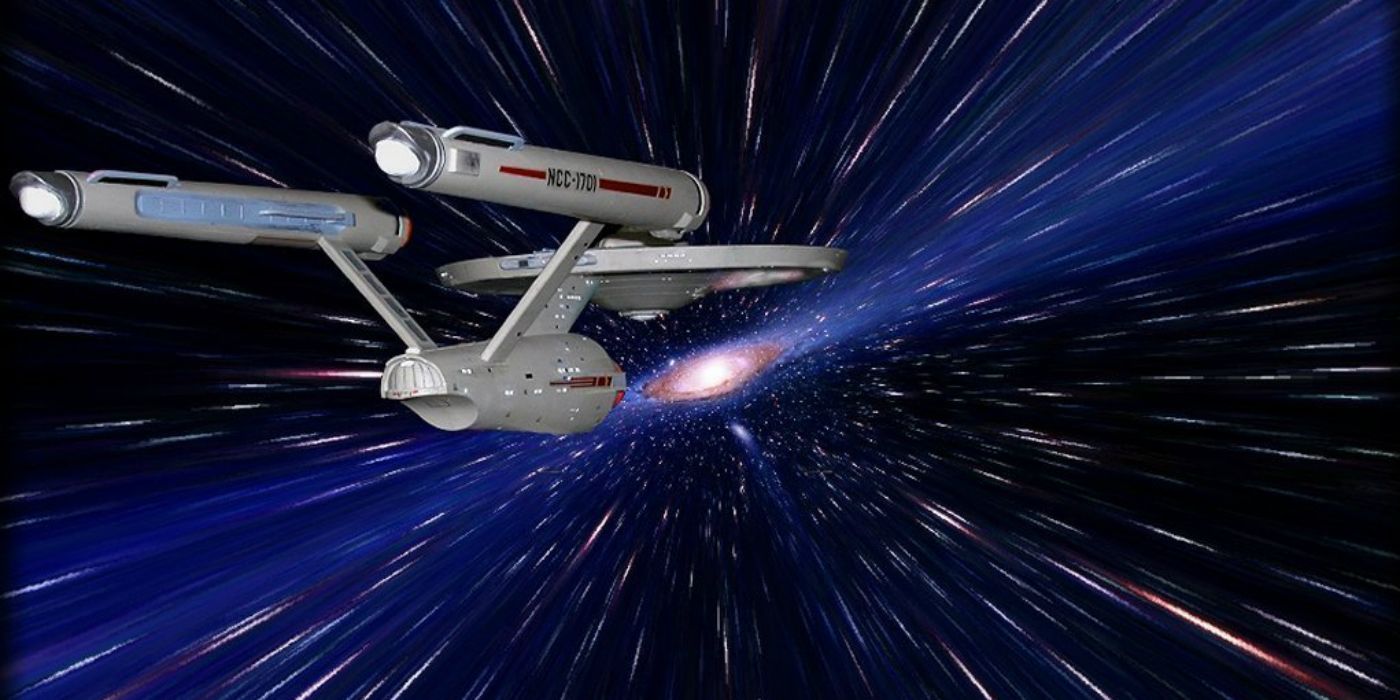While Star Trek is science fiction (emphasis on the fiction), it does take concepts that real scientists use even now. Star Trek's ability to predict the future has long been documented. Beginning with The Original Series when Lieutenant Uhura's hands-free earpiece predicted bluetooth technology and continuing with Next Generation when Captain Picard's data PADDS predicted tablets, there's always been some practical truth to the gadgets and gizmos in the popular franchise.
But what about the science behind things like holodecks, transporters, and cloaking devices? Are those within our reach by the 24th century, or do they defy the relative principles of physics itself? Gene Roddenberry and the writers of Star Trek have taken real science and adapted it to fit the exciting adventures of the USS Enterprise in hopes that one day, we may use the same to boldly go where no one has gone before. Here are 5 things that are scientifically accurate, and 5 that make no sense. Engage!
SCIENTIFICALLY ACCURATE: MATTER-ANTIMATTER GENERATOR
Though it might sound like the most far-out space jargon, having a way to generate "matter-antimatter" would be the most efficient way to move and power a starship like the USS Enterprise. Even the way its containment is depicted is accurate. Considering that when antimatter comes in contact with matter it cancels itself out, the antimatter (made up of frozen anti-hydrogen) is held within a carefully controlled magnetic field.
Today, antimatter is studied by physicists to be used for all sorts of things. Sure, it's in a small amount now, but most scientists predict that this will be one of the best sorts of energy in the future. Some day, humans may actually use it to fuel and power things as large as Federation starships.
MAKES NO SENSE: HOLODECKS
We have methods today for creating virtual reality, such as using the technology in the Sony Oculus Quest or the Samsung Virtual Gear goggles to create seemingly 3D maps of a virtual world. But we will never get (not for thousands of years anyway) to the point where we can make holograms you can touch and interact with like in the holodeck.
As of right now, holograms are just images that appear to have a three-dimensional structure to them. We don't know how to form matter in the same way as a hologram uses light. As far as scientists of today are concerned, the holodeck is so advanced it's pure magic.
SCIENTIFICALLY ACCURATE: PHASERS
The phaser, which stands for PHASed Energy Rectification, is a sort of energy "blaster" used in Star Trek to either stun or wound individuals. Like the blasters in Star Trek and the ray-guns of '60s sci-fi movies, they're intended for use only when necessary by Starfleet.
Right now, the army has made advancements in both the "stun" aspect of phasers, using microwaves to irritate the skin, as well as in the "laser" department. The Army's Air Defense Branch in partnership with Raytheon is developing a Phaser looks like a giant satellite dish and is primarily intended to knock out drone swarms, but by the 24th century, it may be handheld.
MAKES NO SENSE: DR. CRUSHER'S HEALING RAYS
How cool would it be to get a hold of one of Dr. Crusher's healing rays? She just waves a sensor over a wounded patient and their lesions, abrasions, and bones knit instantly. The only reason they have to stick around sickbay is for some bed rest!
Today, lasers are used by doctors to cauterize tissue or things like retinas, but the wounds actual healing time is far from instantaneous. Some weak electrical current is used in small amounts to heal bones, but we're nowhere near shining a ray over patients and fixing them within seconds.
SCIENTIFICALLY ACCURATE: ANDROIDS
Though we aren't yet capable of making an artificially intelligent life-form on par with Commander Data, there have been vast strides in AI technology even in the last ten years that can get us closer to replicating a humanoid robot. Scientists today often disagree on what constitutes AI, but we have humanoid social robots, like "Sophia" built by Hanson Robotics, who is able to display 50 different expressions and is programmed to react to a variety of directives.
The NASA Robonaut 2 is also up in the International Space Station, and it can flip switches and perform simple tasks among its human astronaut crew. As for Data's "positronic brain", doctors today can use positrons to create an image of our brain, but they can't power a brain yet. Brain-to-machine commands have, however, been overwhelmingly helpful paralyzed individuals lead a better quality of life.
MAKES NO SENSE: REPLICATORS
The ability to make matter from a pre-programmed pattern is beyond our physics today, yet in Star Trek, the characters on a starship can ask for anything they can think of, from food to spare parts for the ship, and the replicator creates it instantly for them.
Today, we can suspend atoms in an electromagnetic field and experiment on them, and even use a beam of atoms to draw nanometer-sized objects on surfaces, but that's as close to Star Trek's form of replication as we get. Even our 3D printers only use a photo-copying like techniques to create solid matter by building multiple layers of hardened fluid.
SCIENTIFICALLY POSSIBLE: IMPULSE ENGINES
The concept of impulse engines on Star Trek begins with rocket engines like we currently have based on fusion reaction. This is currently beyond what we're capable of with our chemical-fueled rockets, but by the 24th century, today's scientists believe they might be possible given the direction rocket engines are headed.
For instance, in the case of the ion drive, many first nations such as Russia, Japan, China, and the US are developing and utilizing better ion engines. Called Hall thrusters, they are more efficient than chemical-rocket engines and are used to send probes out into deep space.
MAKES NO SENSE: TRANSPORTERS
The transporter is one of the most high-tech pieces of equipment in the Star Trek universe and current scientists have no idea how such a device would work. It takes a person placed on a transporter pad and after a light shaft passes from point A to B, it takes a mapping of their "digital DNA blueprint", rematerializing them elsewhere (their atoms, molecules, etc) in exactly the same position as before.
Today, small atoms have been teleported, but this is used in quantum computing, to better enable mathematicians to solve problems even more complex than the ones computers can solve now. For now, transporters like the ones in Star Trek continue to mystify our scientists.
SCIENTIFICALLY POSSIBLE: CLOAKING DEVICES
The cloaking devices seen by non-Federation groups such as Romulans and Klingons aren't within the realm of our reality today. We can't cloak ships the size of a war-bird and make them completely "invisible" because they're too large, but we can cloak smaller things.
By using layers of "metamaterials" we can so far cloak tiny objects from the visibility of certain colors. These metamaterials are arrays of electronic devices that create bizarre optical properties like refraction that confuse viewers. New metamaterials are being used all the time, so by the 24th century, perhaps we'll be able to cloak whatever we happen to be cruising around in.
MAKES NO SENSE: WARP INTERSTELLAR DRIVE
Perhaps one of the most complex yet indecipherable concepts in the Star Trek universe (other than the transporter) is the warp interstellar drive. Huge energy discharges and subspace fields are needed for it to work, in a way that's not explainable using today's science.
While today's scientists have a solid handle on the continuum of space-time, they almost universally agree (outside of theoretical inferences) that no object like the USS Enterprise could ever move faster than the speed of light. This doesn't mean that those scientists that study quantum theory (like Stephen Hawking) don't enjoy the show!


